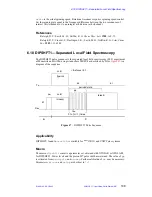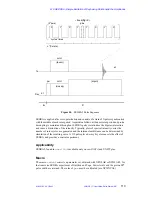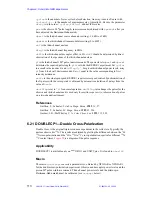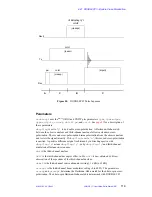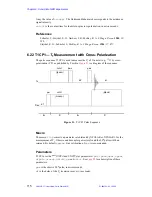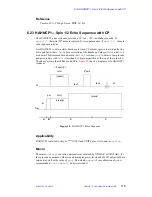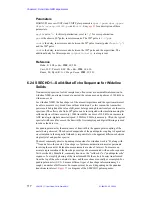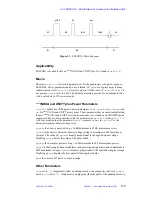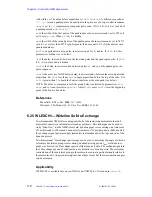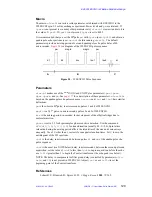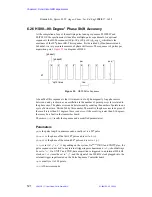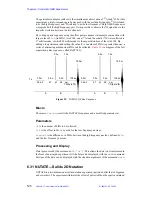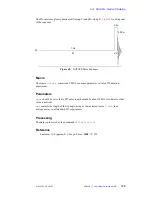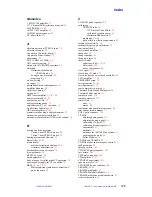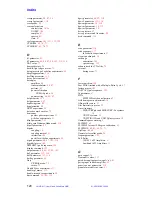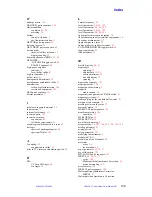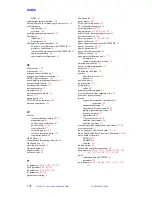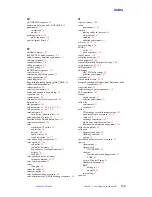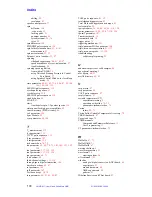
Chapter 6. Solid-State NMR Experiments
121
VNMR 6.1C User Guide: Solid-State NMR
01-999162-00 C0402
Blumich, B.; Spiess, H. W. Angew. Chem., Int. Ed. Engl. 1988, 27, 1655.
6.26 HS90—90-Degree° Phase Shift Accuracy
At the completion of use of the multiple pulse tune-up sequences FLIPFLIP and
FLIPFLOP, the spectrometer is tuned for multiple-pulse experiments. An optional
sequence is the HS90 sequence ((90(x)-90(y)-90(y)-90(x))
2
-acq)
n
, which tests the
exactness of the 90
°
phase shift. This sequence, first described by Haubenreisser and
Schnabel, is a very accurate measure of phase shift errors. The sequence is 8 pulses per
acquisition point.
A benefit of this sequence is that it is insensitive to B
1
homogeneity. Any phase error
between x and y is shown as an oscillation in the number of points per cycle is related to
the phase error. The phase error can be determined by counting the number of points in one
cycle of a sine wave. Divide 360 by this number. The result is the phase error in degrees. If
the result is less than 0.1 degrees, there is no error; if the result is greater than 0.1 degrees,
there may be a fault in the transmitter board.
The macro
hs90
recalls the sequence and a modified parameter set.
Parameters
pw
is the pulse length in microseconds, usually set to a 90
°
pulse.
phase1
is the phase of the first 90
°
pulse and is set to 0 (
x
).
phase2
is the phase of the second 90
°
pulse and is set to 1 (
y
).
trig
is set to
'y'
or
'n'
depending on the system. On
UNITY
INOVA and UNITYplus, the
pulse sequence in not tied to any internal triggering mechanism and
trig
should always
be set to
'n'
. On UNITY and VXR, data acquisition is triggered to an internal 500 kHz
clock, so
trig
must be set to
'y'
, and the signal of the 500 kHz clock plugged into the
external trigger input located on the Pulse Sequence Controller board.
np
is usually set to 128 points.
tau
is 20 microseconds.
Figure 55. HS90 Pulse Sequence
tau
x
y
y
x
x
y
y
x
acq
pw
'np'/2 times
d1
[phase1]
[phase2]


